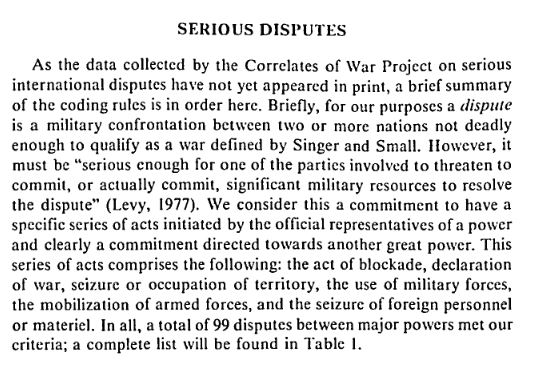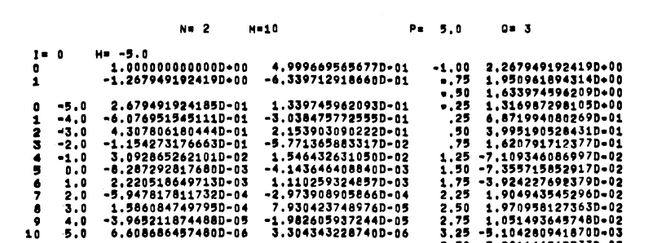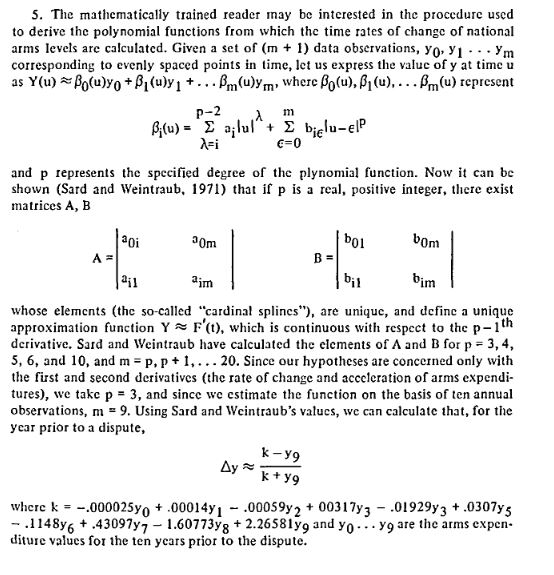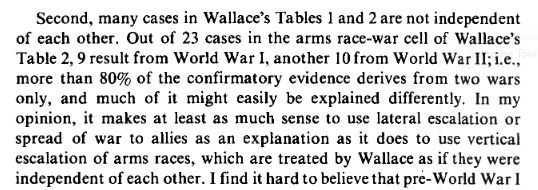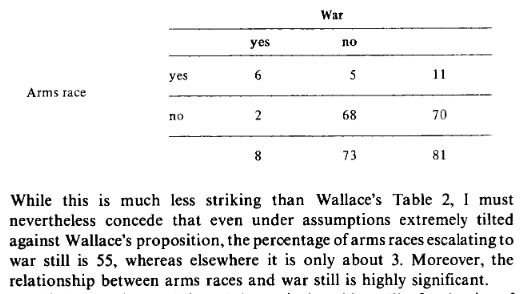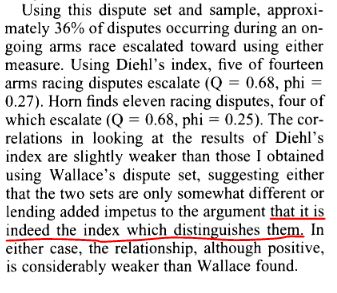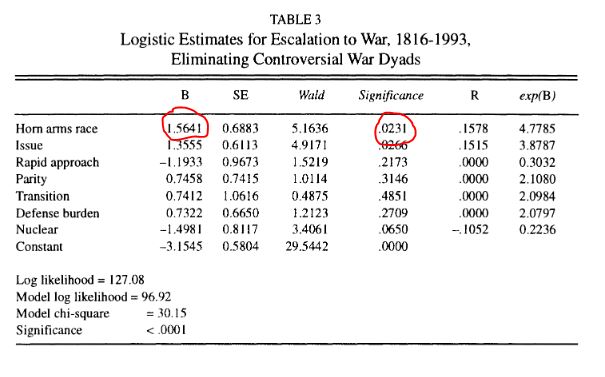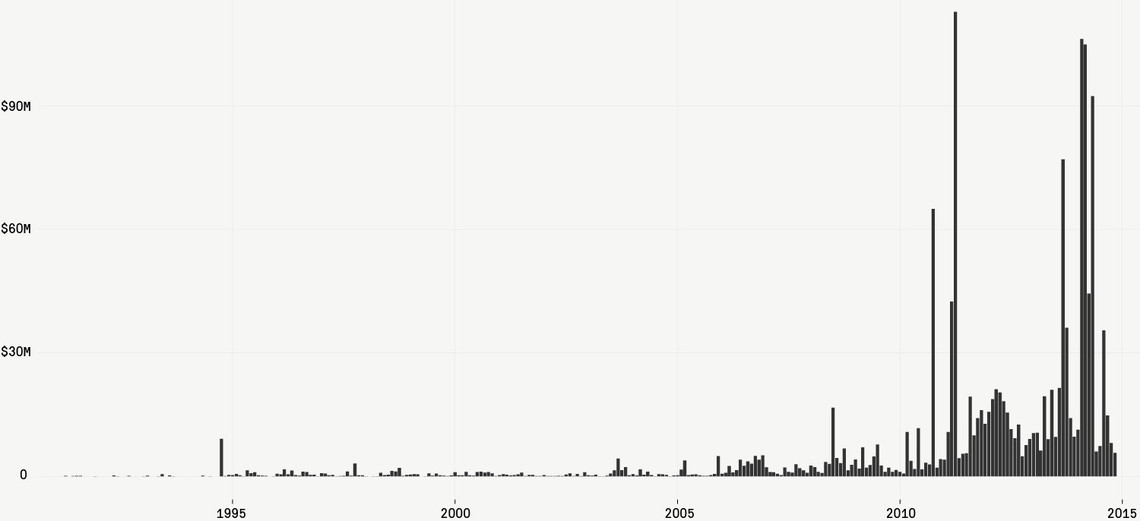Not encouraging. But are Arms Races really that bad?
Let's turn to the data!
reuters.com/article/uk-usa…
The key early empirical work was "Arms and Insecurity" by Richardson (pusblished posthumously in 1960)
google.com/books/edition/…
journals.sagepub.com/doi/abs/10.117…
I've talked about this before
tandfonline.com/doi/abs/10.108…
journals.sagepub.com/doi/abs/10.117…
journals.sagepub.com/doi/abs/10.117…
journals.sagepub.com/doi/abs/10.117…
google.com/books/edition/…
oxfordre.com/politics/view/…
So maybe they are not all THAT bad? 🤷♂️🤔
[END]


